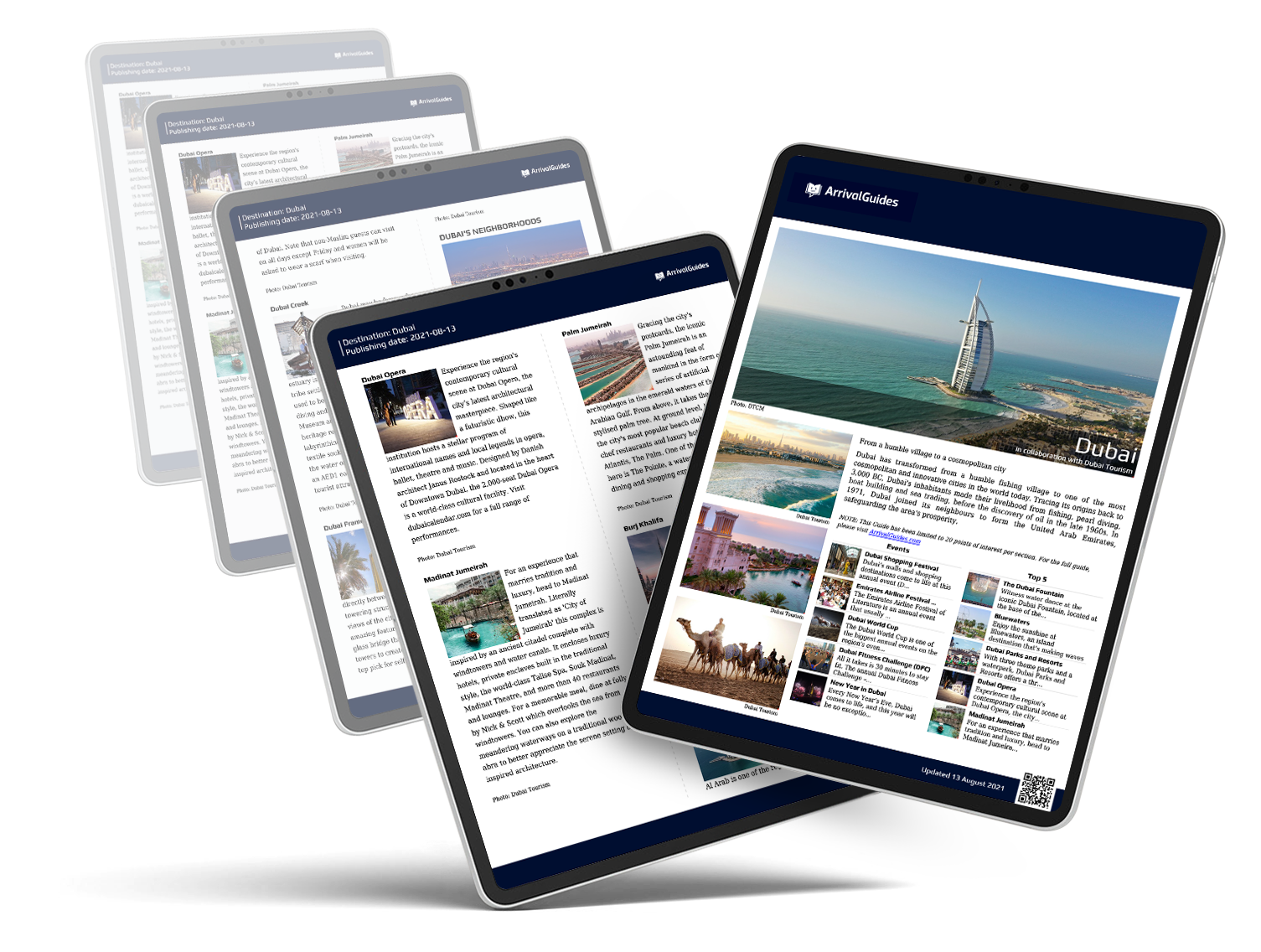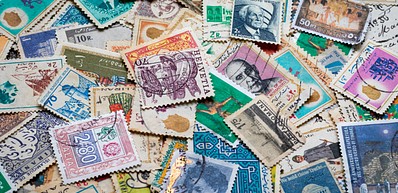
-
![Suitcases in airport departure lounge, airplane in background]() Provided by: ImYanis/Shutterstock
Provided by: ImYanis/Shutterstock

Our travel guides are free to read and explore online. If you want to get your own copy, the full travel guide for this destination is available to you offline* to bring along anywhere or print for your trip.
*this will be downloaded as a PDF.Price
€4,95
Valerio Catullo Airport (VRN)
The guide was updated:Valerio Catullo Airport—also known as Verona Villafranca (VRN)—lies about 10–12 km south‑west of the city centre, a journey of roughly 15–20 minutes. Travellers can catch the frequent Aerobus (line 199), which runs every 20 minutes and reaches Verona Porta Nuova station in around 15 minutes. Taxis and ride-hailing services are available outside arrivals and take about the same time.
Useful Information
- Address: Valerio Catullo Airport
- Website: www.aeroportoverona.it
- Phone: +39 045 809 5666
Digital Travel Guide Download
Our travel guides are free to read and explore online. If you want to get your own copy, the full travel guide for this destination is available to you offline* to bring along anywhere or print for your trip.
*this will be downloaded as a PDF.Price
€4,95

Valerio Catullo Airport—also known as Verona Villafranca (VRN)—lies about 10–12 km south‑west of the city centre, a journey of roughly 15–20 minutes. Travellers can catch the frequent Aerobus (line 199), which runs every 20 minutes and reaches Verona Porta Nuova station in around 15 minutes. Taxis and ride-hailing services are available outside arrivals and take about the same time.
Read more

Best Time to Visit
Verona has four distinct seasons. Summers (June to August) are hot and humid, and it’s the busiest time for tourism. If you don’t mind the heat or the crowds, this is when the city buzzes with open-air cafés, concerts, and performances at the Arena di Verona.
Winters (November to February) are cold, often foggy, and can dip below freezing. It’s not ideal for sightseeing, but if you’re heading to the mountains for skiing or looking for lower prices and fewer people, it’s a good window.
The best times to visit are late spring (May–early June) and early autumn (September–early October). The weather’s milder, the crowds thinner, and the city still feels lively without being packed.
Read more

Passport & Visa
Citizens of the European Union (EU) and European Economic Area (EEA) countries do not need a visa to enter Italy, only a valid ID. Many other countries, including the United Kingdom, the United States, Canada, the United Arab Emirates, Australia, and New Zealand, benefit from visa-free entry for short stays of up to 90 days within a 180-day period.
Visitors from visa-exempt countries must hold a valid passport and, starting in late 2025, will need to apply for an ETIAS (European Travel Information and Authorisation System) authorisation online before travelling.
For those requiring a visa, such as travellers from some Middle Eastern, African or Asian nations, a Schengen visa must be obtained prior to arrival. All travellers should ensure their passport is valid for at least three months beyond their intended stay.
Read more

Public Transport
Verona’s public transport is run by ATV (Azienda Trasporti Verona) and is made up of buses, with a new trolleybus network coming in 2026 and a funicular for the Roman Theatre area. It’s a great option for getting around, especially if you want to reach areas slightly beyond the walking-friendly city centre.
For tourists, the Verona Card (24h/48h) includes unlimited ATV bus travel and access to key museums and sights—ideal if you're hopping between attractions.
Buses run from early morning until around midnight, and you can also rent bikes or e-scooters, though walking is often the best way to really get to know 'The City of Love'.
Read more

Taxi
Verona taxis are easy to find at ranks around the city, especially at the train station, Piazza Bra and Piazza delle Erbe. AppTaxi is the main local ride-hailing app and lets you book and pay in advance. Uber launched in early 2024 with only premium Black and Van services, so it tends to be more expensive. European apps like Free Now and itTaxi also connect to local cabs and may offer more reliable availability.
Read more

Post
Verona’s post offices are operated by Poste Italiane, with the main branch in the city centre located on Via Porta Organa 2—others nearby include locations on Via San Nazaro and Via Marsala. They provide traditional postal services—stamps, domestic and international mail and parcels—as well as bill payments, banking, money transfers, and even prepaid SIMs via PosteMobile. Stamps can also be bought at newsstands and tobacconists, and red street post boxes are dotted around the city.
Read more

Pharmacy
Verona’s pharmacies—locally called farmacie—are easy to spot by their bright green crosses and are usually open Monday to Friday, between 9am and 7:30pm, with slightly shorter hours on Saturdays, and closed on Sundays. Several in the city centre offer farmacia di turno (on‑call) services and remain open evenings or weekends—just look for the 'di turno' sign or check the schedule posted outside.
Read more

Telephone
Country code: +39
Area code: 045
Read more

Electricity
Italy uses a standard voltage of 230V with a frequency of 50Hz. The most common power plugs and sockets are Types C, F, and L. Type C plugs have two round pins and are widely used across Europe, while Type F plugs, also known as 'Schuko', feature two round pins with earth clips on the sides. Type L plugs are unique to Italy and have three round pins arranged in a straight line.
Read more


